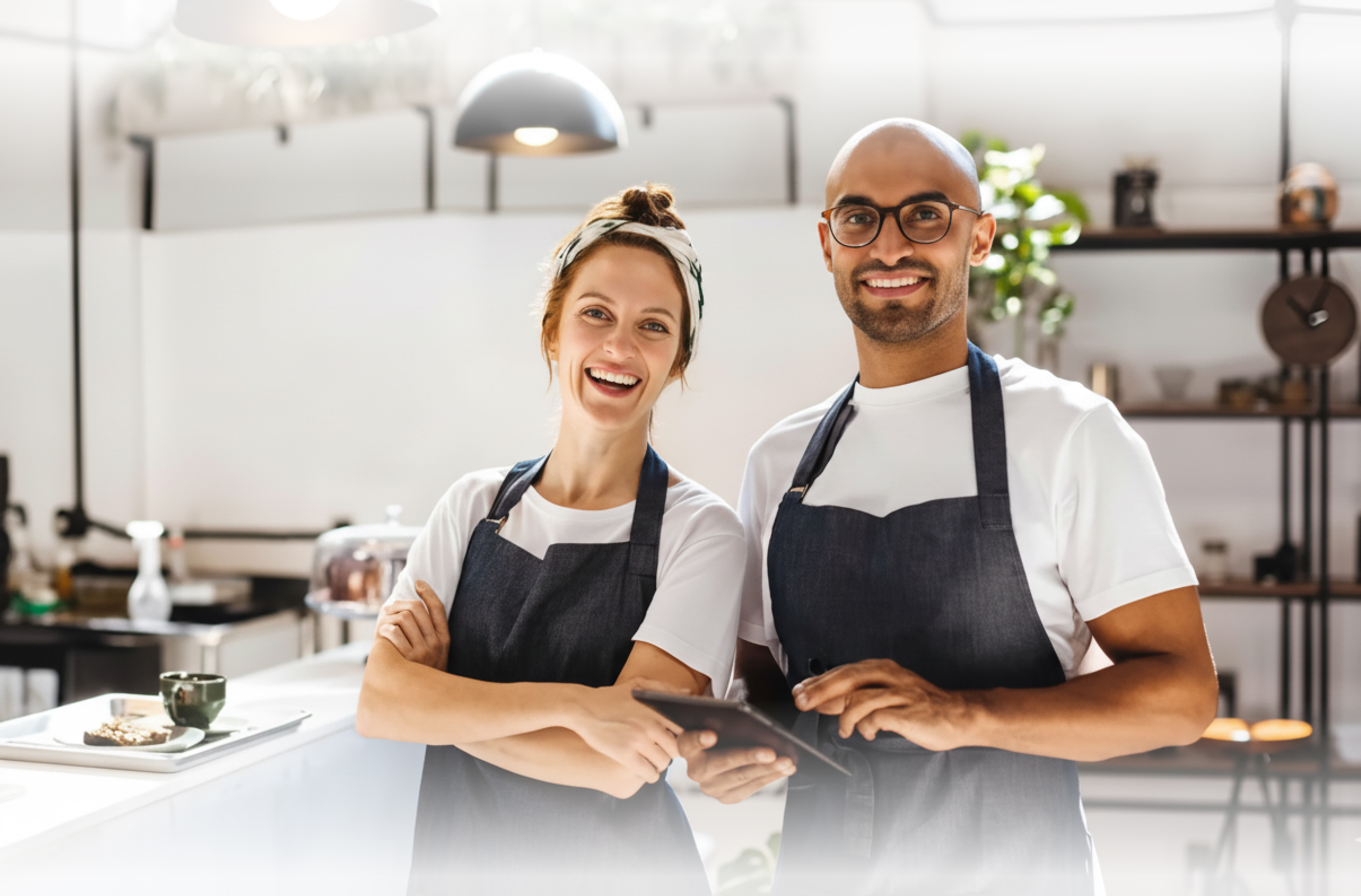Key Takeaways
Should You Switch to an In-House Online Ordering System in 2025?
The Rise of Direct Online Ordering
Online food ordering is no longer just a trend—it's the backbone of modern restaurant operations. With consumers preferring direct, hassle-free food delivery, restaurants must decide: should they rely on third-party marketplaces like Uber Eats and DoorDash, or take control with an in-house online ordering system?
While third-party apps offer convenience, they come with high costs, limited customer data, and reduced brand control. In contrast, an in-house system empowers restaurant owners with direct customer relationships, higher profit margins, and better customization. Let's explore why switching to an in-house ordering platform makes sense in 2025.
The Hidden Costs of Third-Party Food Delivery Apps
1. High Commission Fees Eat Into Profits
Third-party platforms charge commissions of 15-30% per order, significantly reducing profit margins. For example, a viral case in 2020 showed a restaurant earning only $314 from $1,042 in sales due to excessive marketplace fees.
2. Loss of Customer Data & Brand Control
When customers order through a marketplace, their data belongs to the platform—not the restaurant. This means:
- No access to customer insights for personalized marketing
- No control over the customer experience
- No direct loyalty-building opportunities
3. Inconsistent Customer Experience
Food aggregators prioritize volume over quality. This often results in:
- Delayed deliveries impacting food quality
- Incorrect orders and poor customer support
- Inconsistent brand representation
Why an In-House Online Ordering System Is a Game Changer
1. Higher Profit Margins & Cost Savings
By eliminating third-party commissions, restaurants can keep 100% of their revenue. Investing in an in-house ordering system is a one-time or subscription-based cost that pays off in the long run.
2. Full Control Over Customer Data
With an in-house platform, restaurants can:
- Build a database of customer preferences
- Send personalized offers and promotions
- Implement loyalty programs that drive repeat business
3. Customizable & Scalable Solutions
Unlike generic aggregator platforms, an in-house system allows you to:
- Customize your online menu and promotions
- Offer special deals for direct orders
- Integrate seamlessly with POS and CRM tools
Managing Deliveries: The Real Concern for Restaurants
One of the biggest concerns restaurant owners have about in-house ordering is managing deliveries. But the good news is, you have options:
1. Building Your Own Delivery Fleet
While it requires an initial investment, an in-house fleet provides:
- On-time deliveries with well-trained staff
- Proper handling and food packaging
- Brand consistency with uniformed drivers
2. Partnering with Last-Mile Logistics Services
Not ready to invest in a fleet? Use third-party logistics services like Postmates, Roadie, or local couriers for a flat delivery fee. This allows you to:
- Maintain control over ordering and pricing
- Pass delivery costs to customers or absorb them for better margins
- Offer tracking and transparency without marketplace commissions
The 2025 Customer Perspective: Why Direct Ordering Wins
Today's consumers are becoming more aware of third-party marketplace drawbacks:
- Higher service and delivery fees
- Inflated menu prices
- Poor delivery experiences
By offering direct ordering through your website or app, you provide:
- Better pricing (no extra fees)
- Exclusive loyalty rewards
- More reliable service
How to Transition to an In-House Online Ordering System
Step 1: Choose the Right Platform
Select a robust online ordering system that integrates with your existing operations. Look for features like:
- Mobile-friendly ordering
- Payment gateway integration
- Order tracking and management
- CRM and marketing tools
Step 2: Promote Direct Ordering
Encourage customers to order directly by:
- Offering discounts for direct orders
- Promoting your online ordering system via email, SMS, and social media
- Educating customers on the benefits of ordering direct
Step 3: Optimize for a Seamless Experience
Ensure your in-house ordering system:
- Loads quickly on all devices
- Has an intuitive user experience
- Offers multiple payment options
- Includes real-time order tracking
Conclusion: Own Your Profits, Own Your Brand
In 2025, restaurants that take control of their online ordering will enjoy higher profitability, stronger customer relationships, and complete operational flexibility. Third-party marketplaces may provide a quick start, but an in-house system ensures long-term success.
At Restolabs, we help restaurants build their own online ordering platforms with advanced features, real-time analytics, and seamless customer experience. Ready to take control? Request a Trial Sign-up today!
Frequently Asked Questions
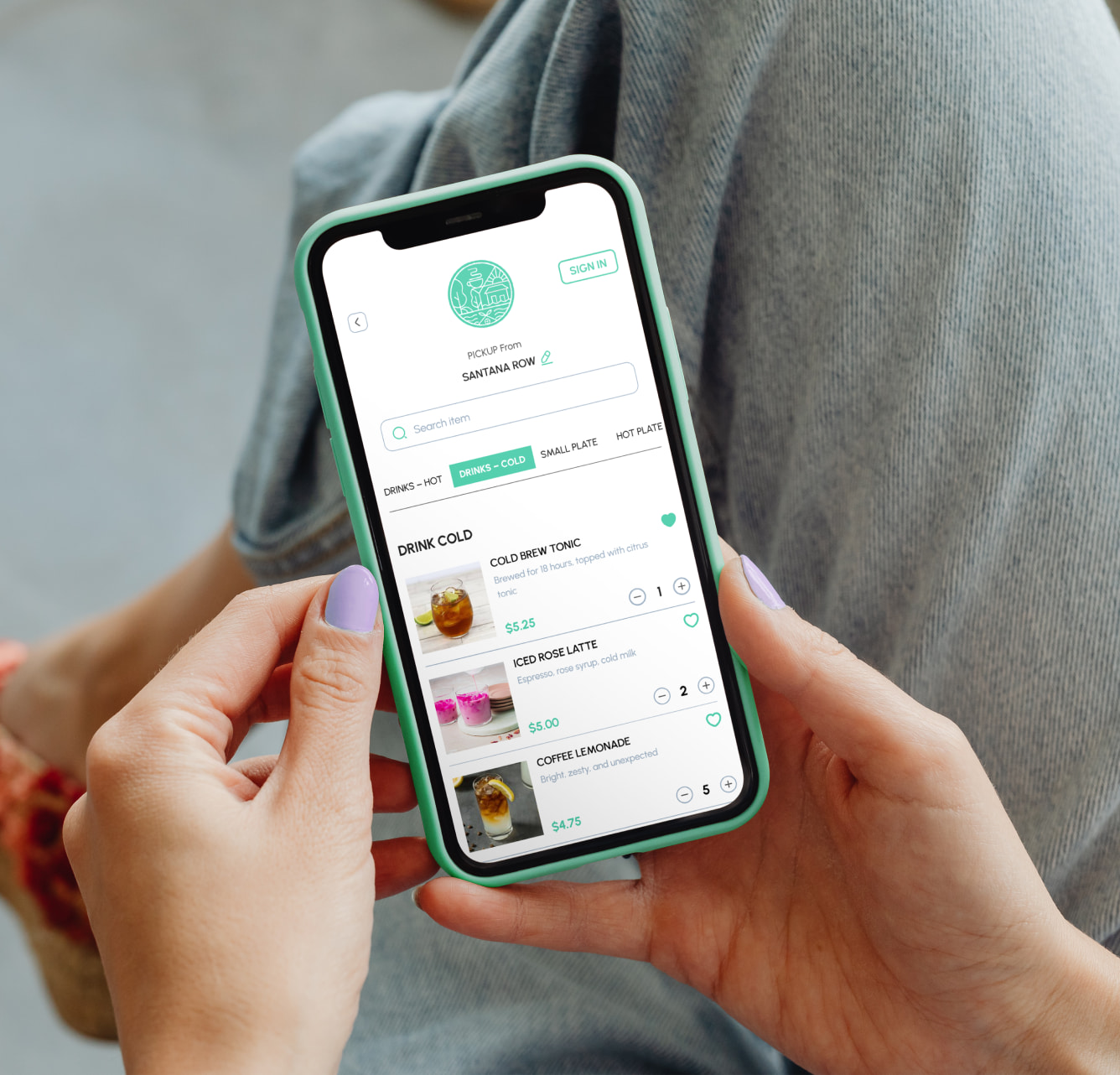

.gif)
.png)
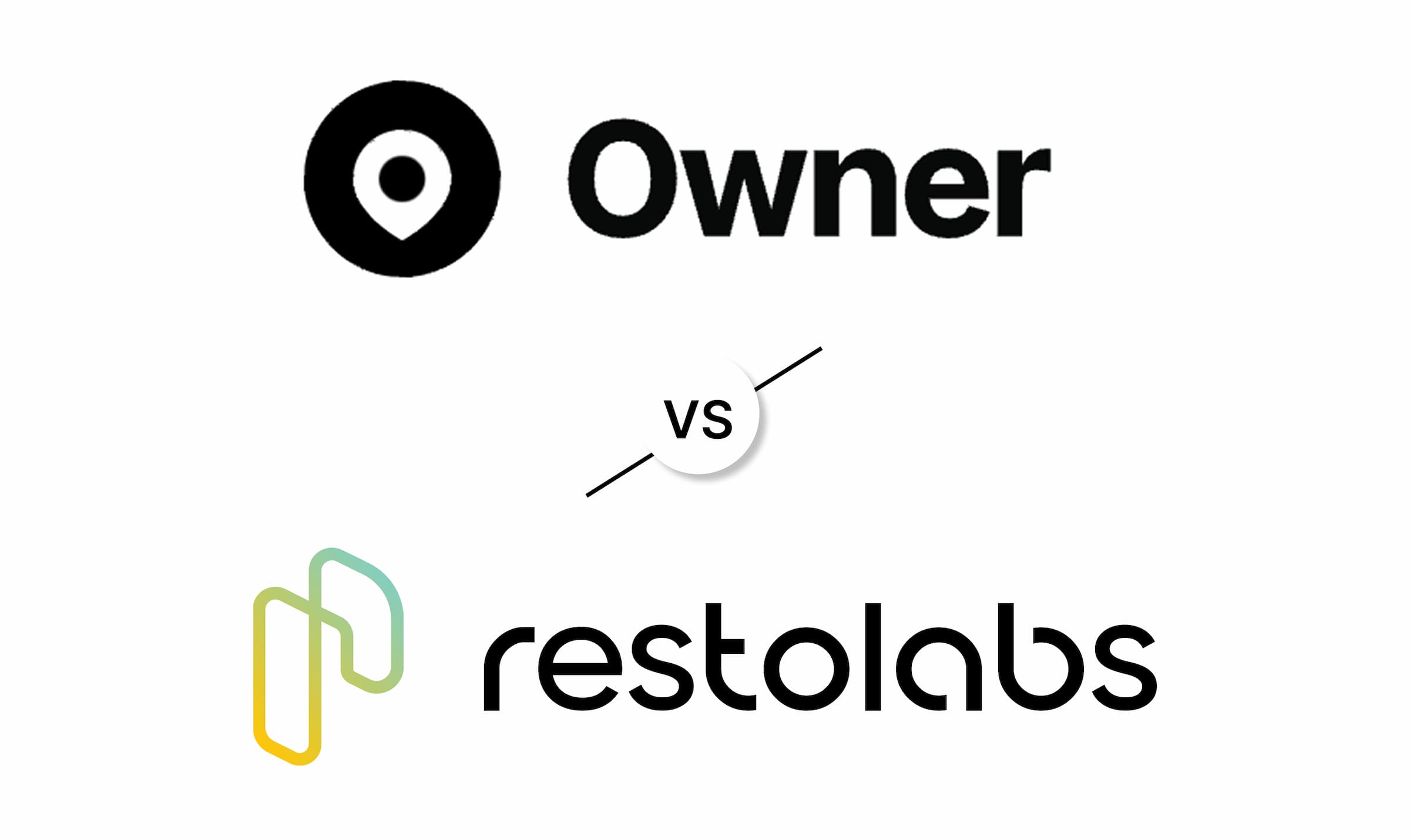
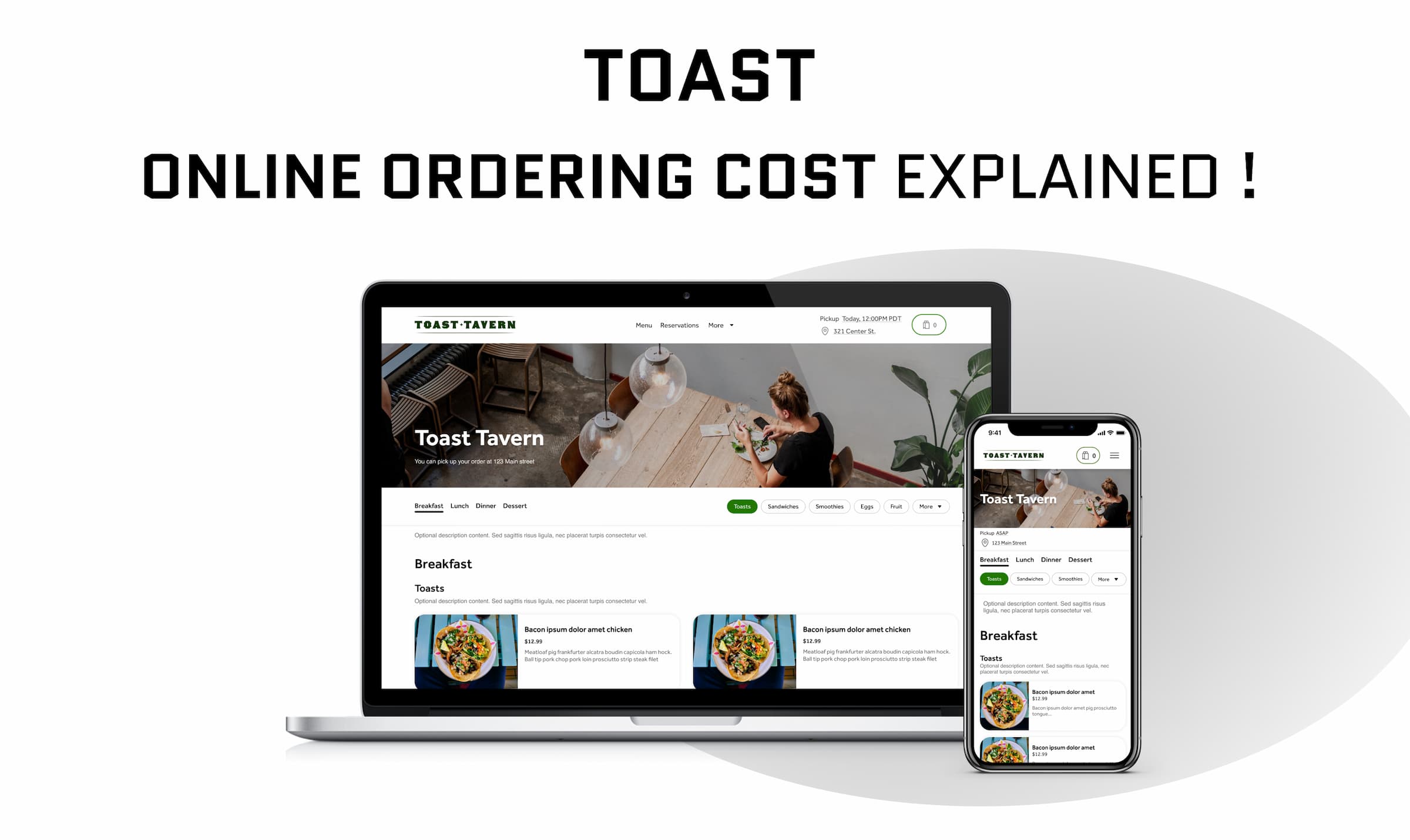

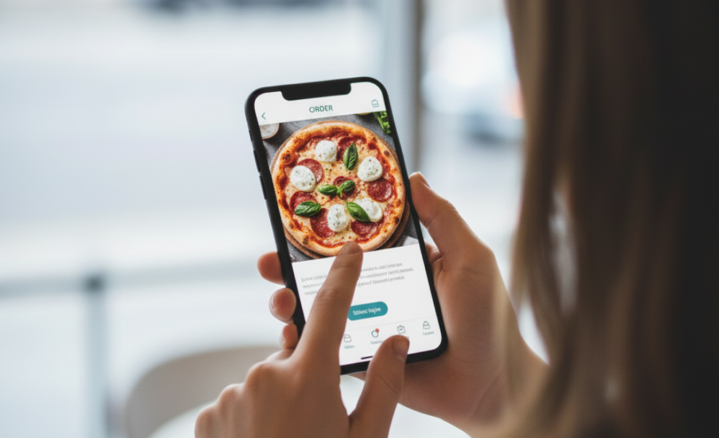
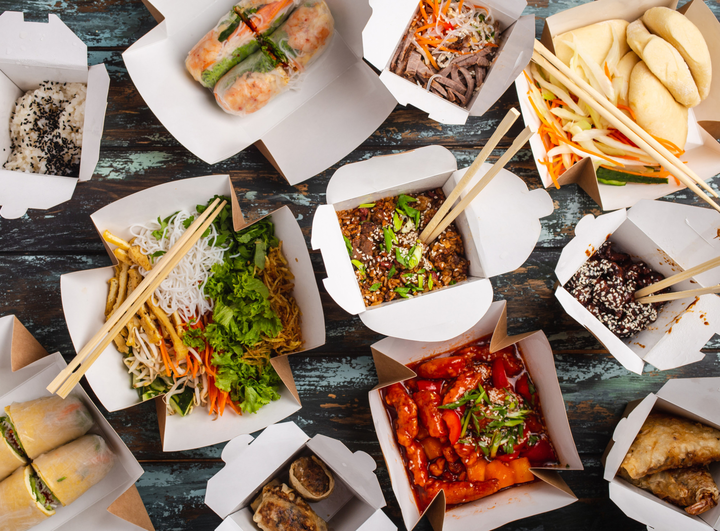
.png)
